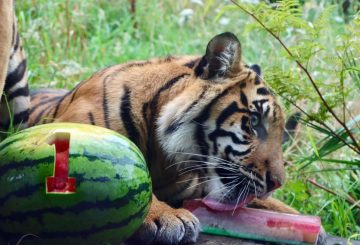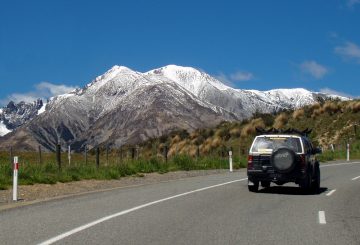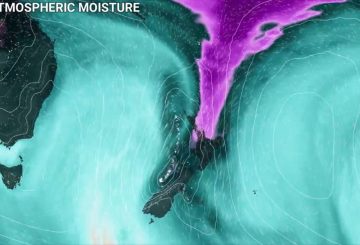더니든의 한 반려견 안전 프로그램은 학생들에게 반려견과 안전하게 상호작용하는 방법을 교육하고 있습니다.더니든 시의회는 2007년에 이 프로그램을 시작했으며, 올해에는 더 많은 학생들에게 다가갈 수 있을 정도로 규모가 커졌습니다.다니엘 더 스패니얼이라는 개가 의회 동물 관리 책임자와 함께 학생들을 가르칩니다.
세션 수는 작년의 9개에서 올해 18개 학교에서 69개 수업으로 늘어났습니다.더 많은 동물 관리 책임자가 학생들을 가르칠 수 있도록 교육을 받았습니다.의회 동물 관리 책임자인 제닌 데이 (Janine Day) 는 이번 세션이 끝날 무렵이면 아이들이 낯선 개에게 안전하게 다가가는 방법을 알게 되기를 바라고 있습니다.
주인이 개를 쓰다듬어도 괜찮다고 해도 아이들은 개가 편한지 살펴봐야 합니다.개가 이빨을 드러내고 있다면 주인이 괜찮다고 해도 아이들은 접근하지 말아야 합니다.
눈에 잘 띄는 조끼와 형광 목줄을 착용한 다니엘 더 스패니얼은 반려견의 안전을 위한 실용적인 방법을 제시합니다.학생들은 개에게 공간을 주고 서두르지 말라는 가르침을 받습니다.
더니든 시의회는 작년에 74건의 개 공격을 기록했는데, 이는 지난 5년 동안 가장 많은 수치입니다.올해까지 18건의 공격이 기록되었습니다.그러나 이 데이터에는 공격을 받은 어린이의 수가 나와 있지 않습니다.
또 다른 의회 동물 관리 책임자인 니키 월리스 (Nicky Wallace) 는 아이들이 개가 물릴 수 있다는 징후를 놓치는 경우가 많다고 말했습니다.그녀는 개들이 입술을 핥고, 꼬리를 다리 사이로 집어넣고, 눈의 흰자위를 보여주는 것과 같은 신호를 낸다고 설명했습니다.그녀는 아이들이 개가 다가오면 도망치거나 소리를 지르지 말고 나무처럼 가만히 서 있는 법을 배우길 원해요.이렇게 하면 개가 흥미를 잃고 멀어질 가능성이 높습니다.
10살의 Evie와 Quinn이라는 두 학생은 이 신호와 개에게 안전하게 접근하는 방법에 대해 배웠습니다.이 반려견 안전 세션의 목적은 아이들을 안전하게 지키고 개를 행복하게 하는 것입니다.





























































